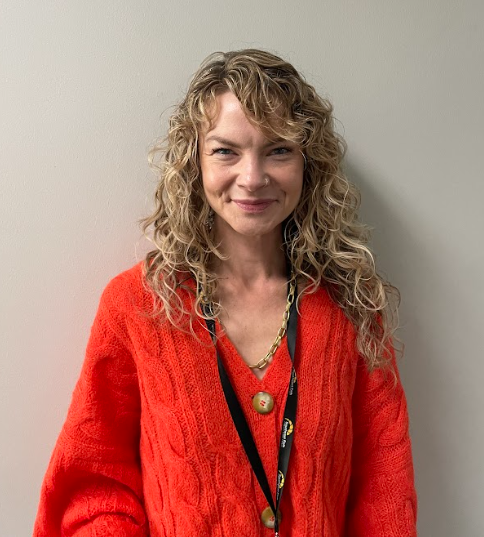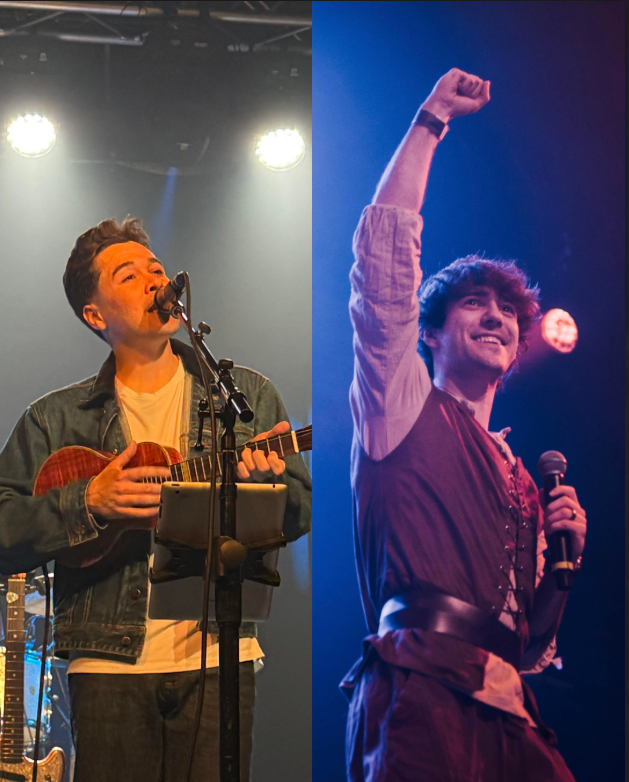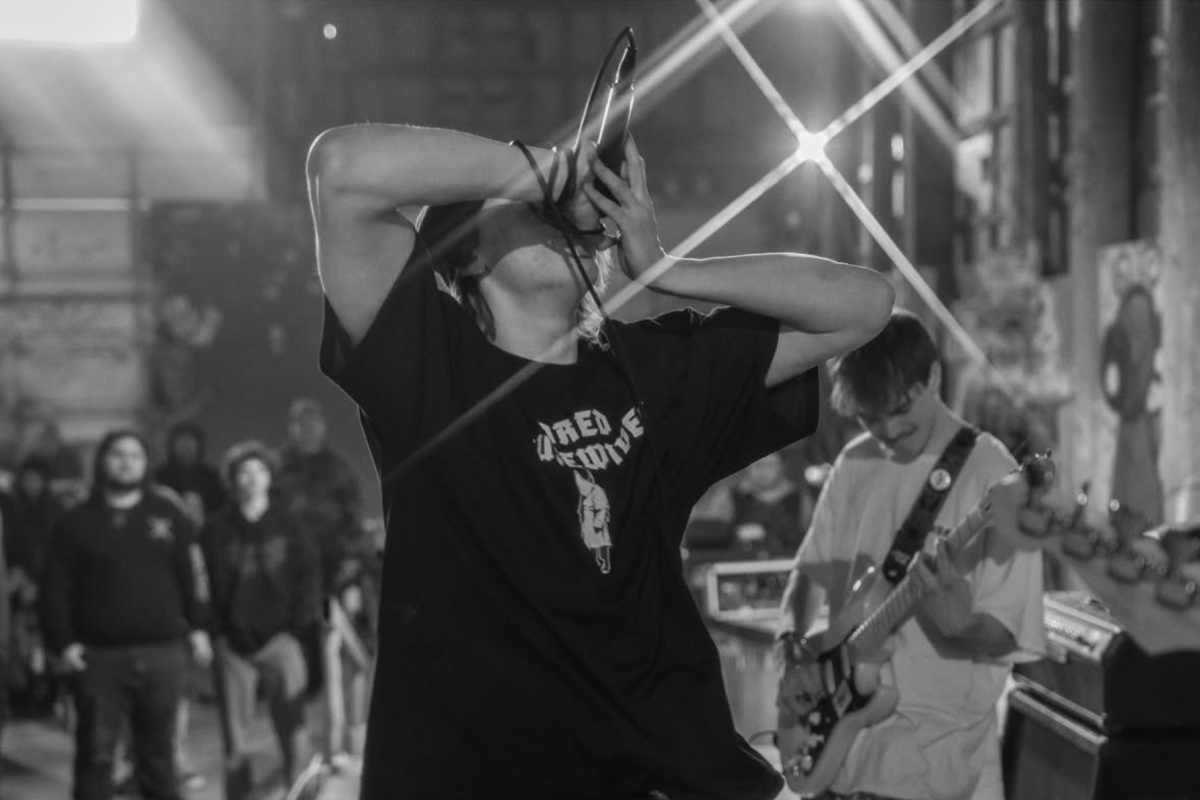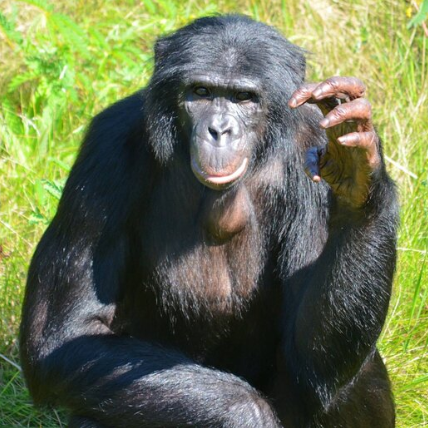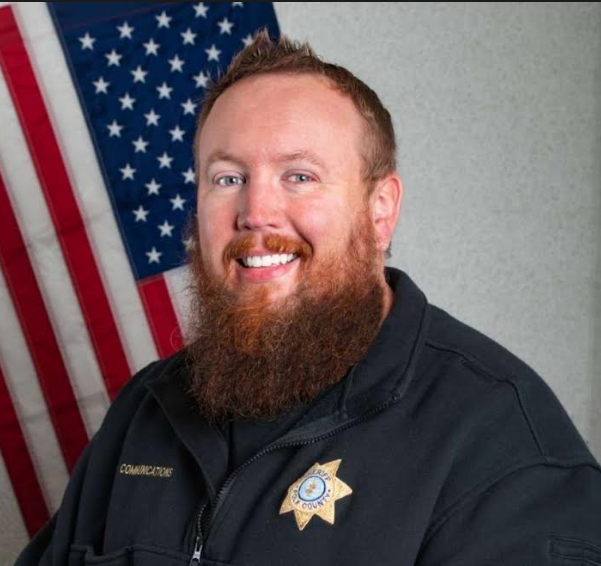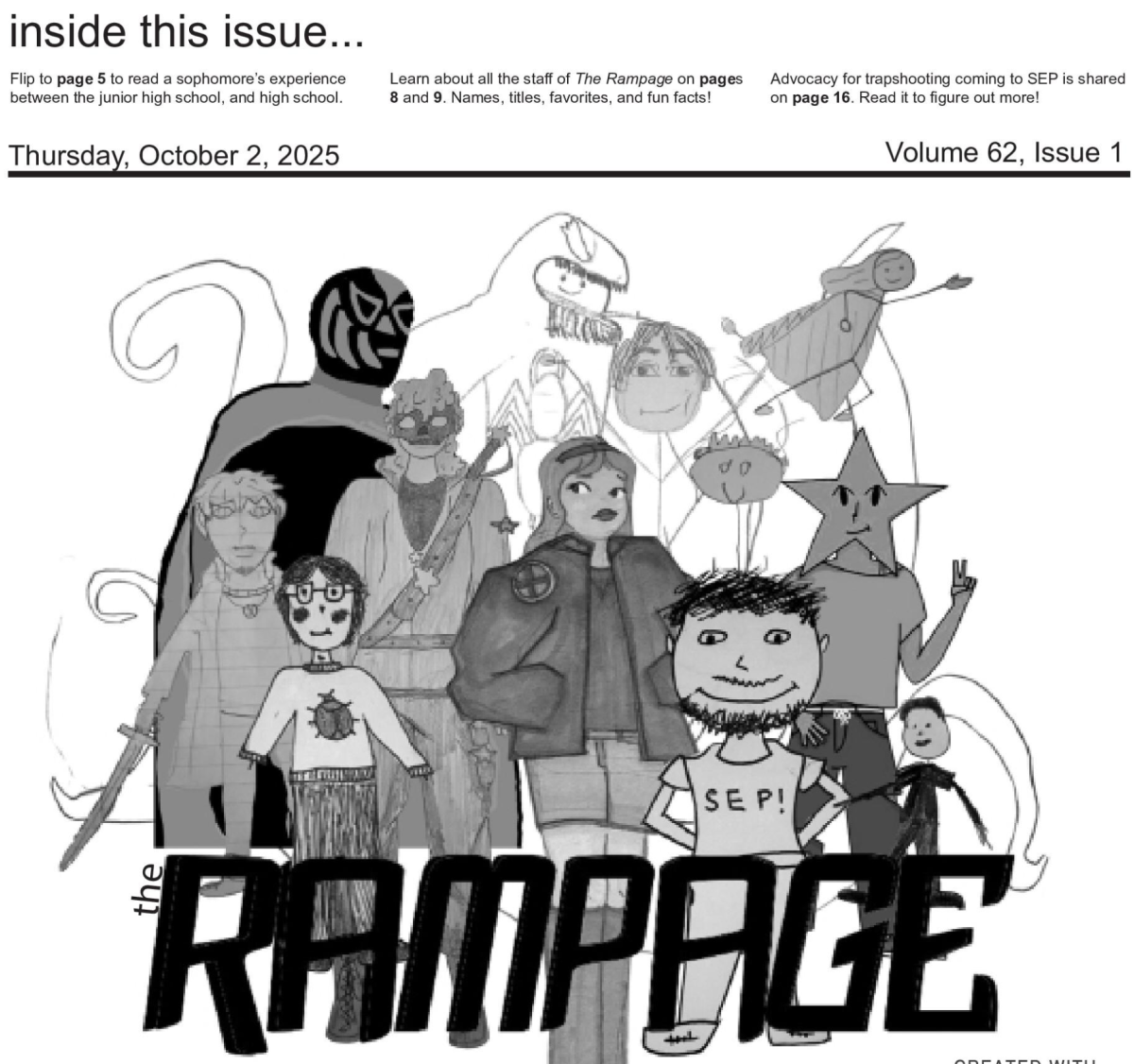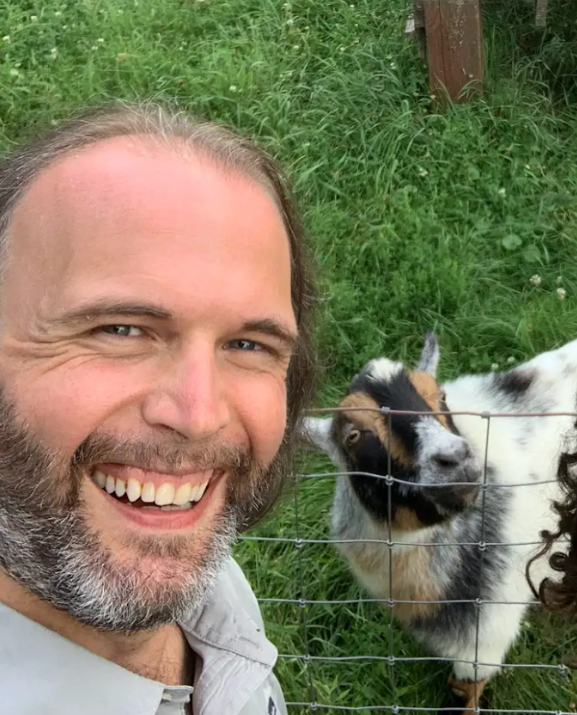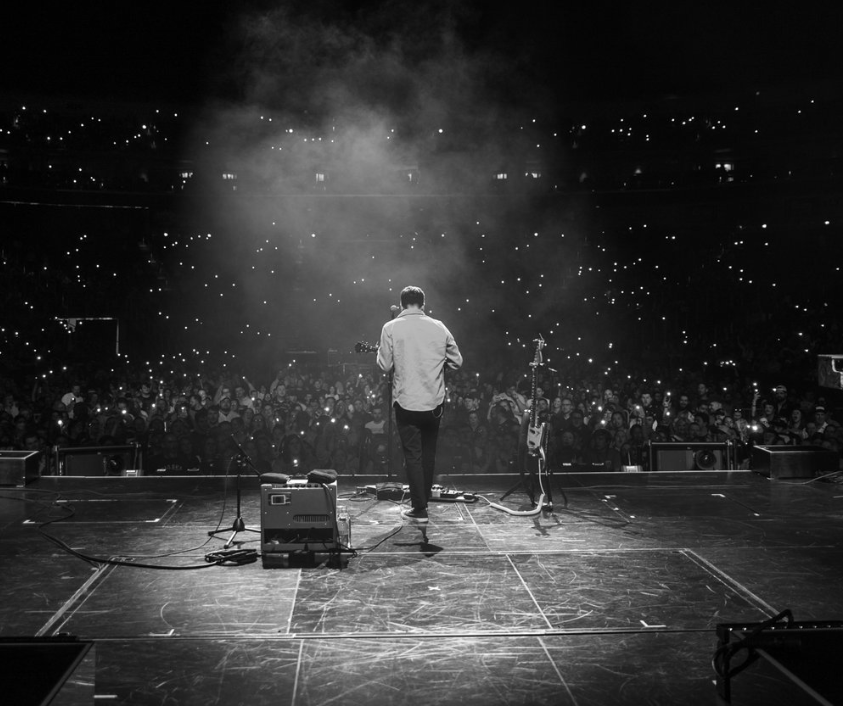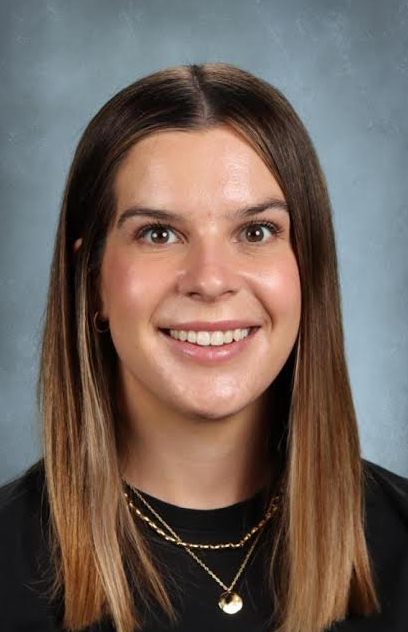Ana-Cara Van Dyck has lived and taught all over the world, but one thing has remained constant: her love and passion for teaching.
Van Dyck’s international travels started at a very young age. She was born in Oregon, but moved to Japan when she was about one and a half. When she was seven, her family moved back to Oregon. When she was in high school, her family moved yet again, this time to Mexico. She returned to the University of Oregon for college, but studied abroad at Tec de Monterrey de Guadalajara. She then met her husband and fellow teacher at Southeast Polk, Mark Van Dyck, who was also attending the University of Oregon.
After a bit more time had passed and they’d moved around a bit more, they both decided to get teaching licenses and start a family.
“We wanted our children to have an experience of living abroad, because we wanted them to see other parts of the world and have some experiences that would open up their eyes,” said Van Dyck. “We also wanted experiences teaching in some different places.” This prompted them to move to Alaska, where Ana-Cara and Mark Van Dyck had lived previously for some time after graduation.
“We moved to a rural village in Alaska where we worked with Native youth. Our kids were actually the only non-native youth there… They had dual immersion, half Yupik, half English school days,” said Van Dyck.
Their travels weren’t over yet though.
“Then we were offered an opportunity to go to Saudi Arabia and work in an intense, high profile international American school,” said Van Dyck.
Although a rural Alaskan village and an intense private school in Saudi Arabia might seem very different, Van Dyck noticed that they had something very important in common.
“It didn’t matter if it was a rural village in Alaska or my classroom in Des Moines or this very high profile private school, every student was capable to the same degree. They were all capable of great things, and they all wanted the same things,” said Van Dyck.
With that lesson in mind, the Van Dyck family moved one last time. This time they moved to Des Moines, where Mark Van Dyck’s family was from. They found jobs at Southeast Polk.
“I knew that I wanted to come and commit to the district and the students and see how I could, once again, learn from my students and see how I could have a positive impact on them,” said Van Dyck, “I wanted to inspire them to not only use language within their daily lives, but to take it to another level in their work or their schooling.”
Eventually, Van Dyck decided to get her master’s degree in Spanish teaching to learn how she could better support her students in language learning.
“At the end of the day, it was always for my students,” said Van Dyck, “And I guess also for myself, to feel like I was doing everything I could to be the best teacher I could be.”
In the end, she decided to get her master’s degree through Southern Oregon University in conjunction with the Universidad de Guanajuato in Mexico. This was a program specifically designed for practicing Spanish teachers and required her to travel to Guanajuato, Mexico each summer. Although it was challenging for Van Dyck to be away from her family in the summer, she feels she got much more out of her master’s program than if she would have taken a program that was entirely online.
“I’m so grateful that I did it in person instead of online because it really is a formative experience and you want to get all that you can out of it,” said Van Dyck, “Having gone to Mexico, having taken the classes in Spanish, having gone through those grueling experiences of completing all those projects and essays… It was really impactful and there’s so much more I got out of it because I did my master’s in-person.”
Now, Van Dyck teaches three courses at Southeast Polk: Spanish Ⅲ, Spanish Ⅳ, and Heritage Spanish. Heritage Spanish is a brand new class this year that is geared towards heritage students.
“A heritage student is a tricky thing to define, because there’s a range of people that would fit into that category, but essentially it’s someone who didn’t get to have a formal education in Spanish past a certain point,” said Van Dyck, “Maybe they’re primarily speaking Spanish at home or they’re primarily speaking Spanish in a different informal setting, and maybe they learned how to write, but they didn’t get the chance to go to middle or high school and learn how to write an essay or develop a speech.”
And that’s exactly what the Heritage Spanish class aims to do: teach students how to write essays and speeches and fill other gaps in their Spanish knowledge so they can use Spanish in more professional settings and become bilingual leaders in their communities.
“[My heritage students] all have dreams they’ve spoken to me about that really would be enhanced if they were bilingual, and their ability to reach a wider range of individuals within our communities is so much greater when they’re bilingual,” said Van Dyck.
No matter where Van Dyck lives or what classes she teaches, two things remain constant: her love for her students and her drive to teach them the best she can.
“I’m not sure every student realizes how much teachers think about them,” said Van Dyck, “We don’t want to make it weird so we don’t talk about it a ton, but the reality is, we’re always thinking about our students.
